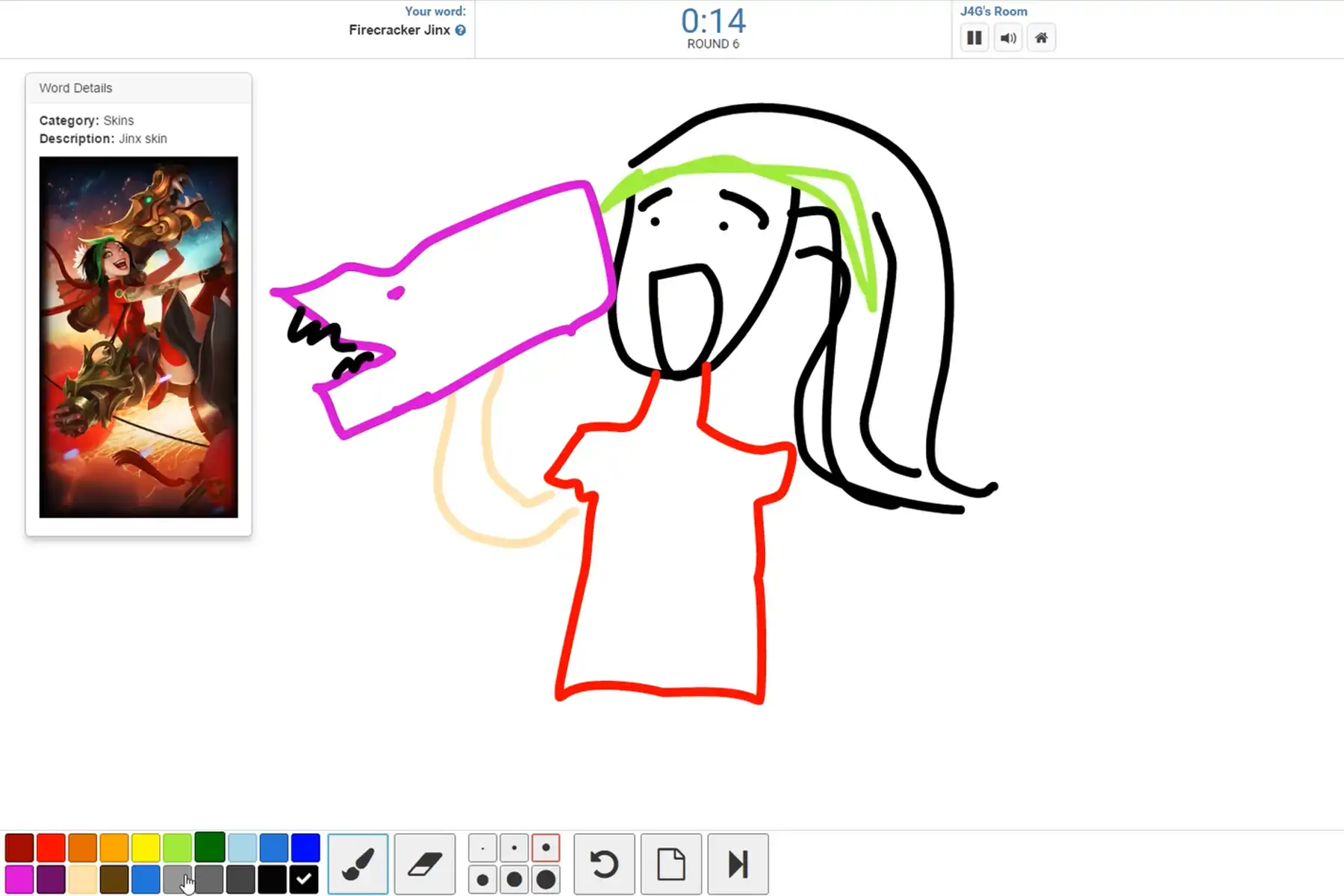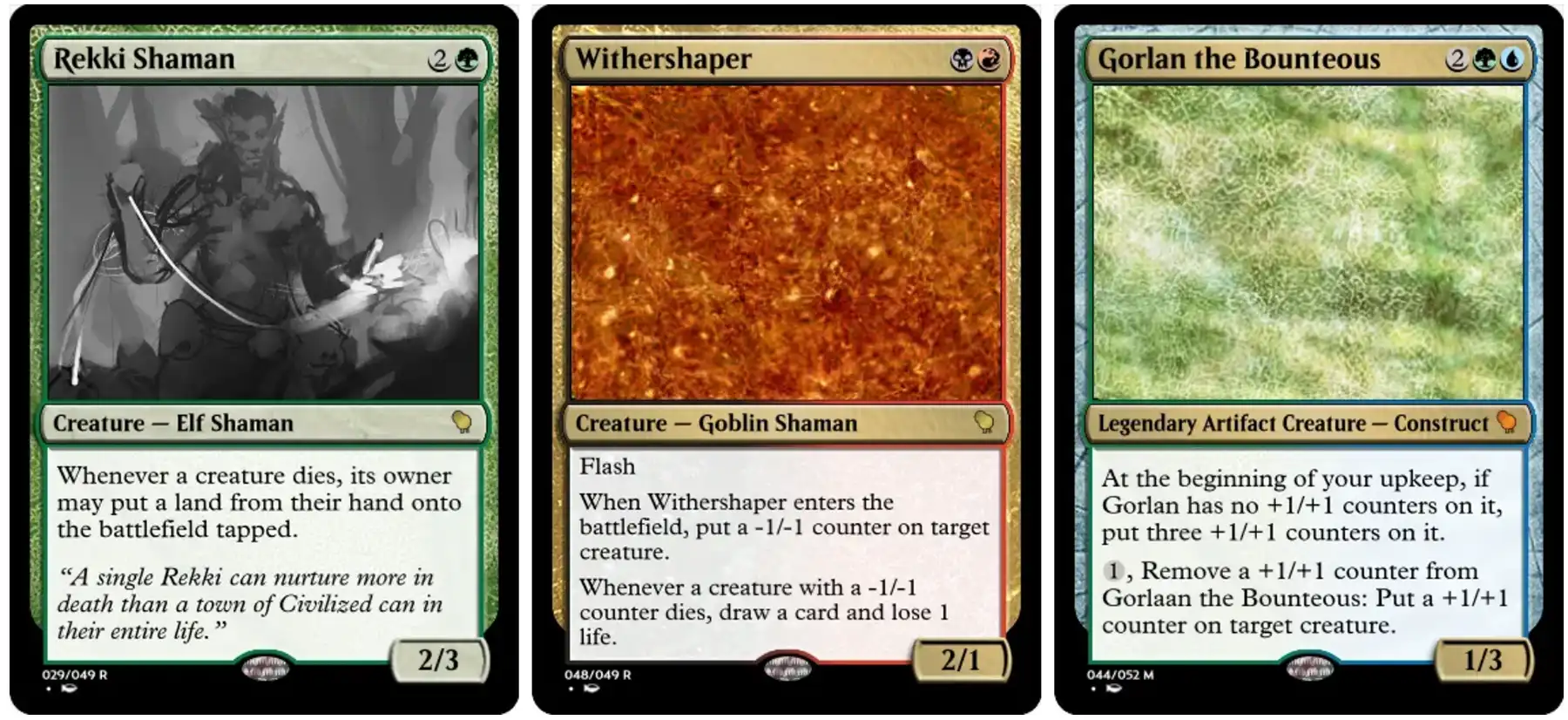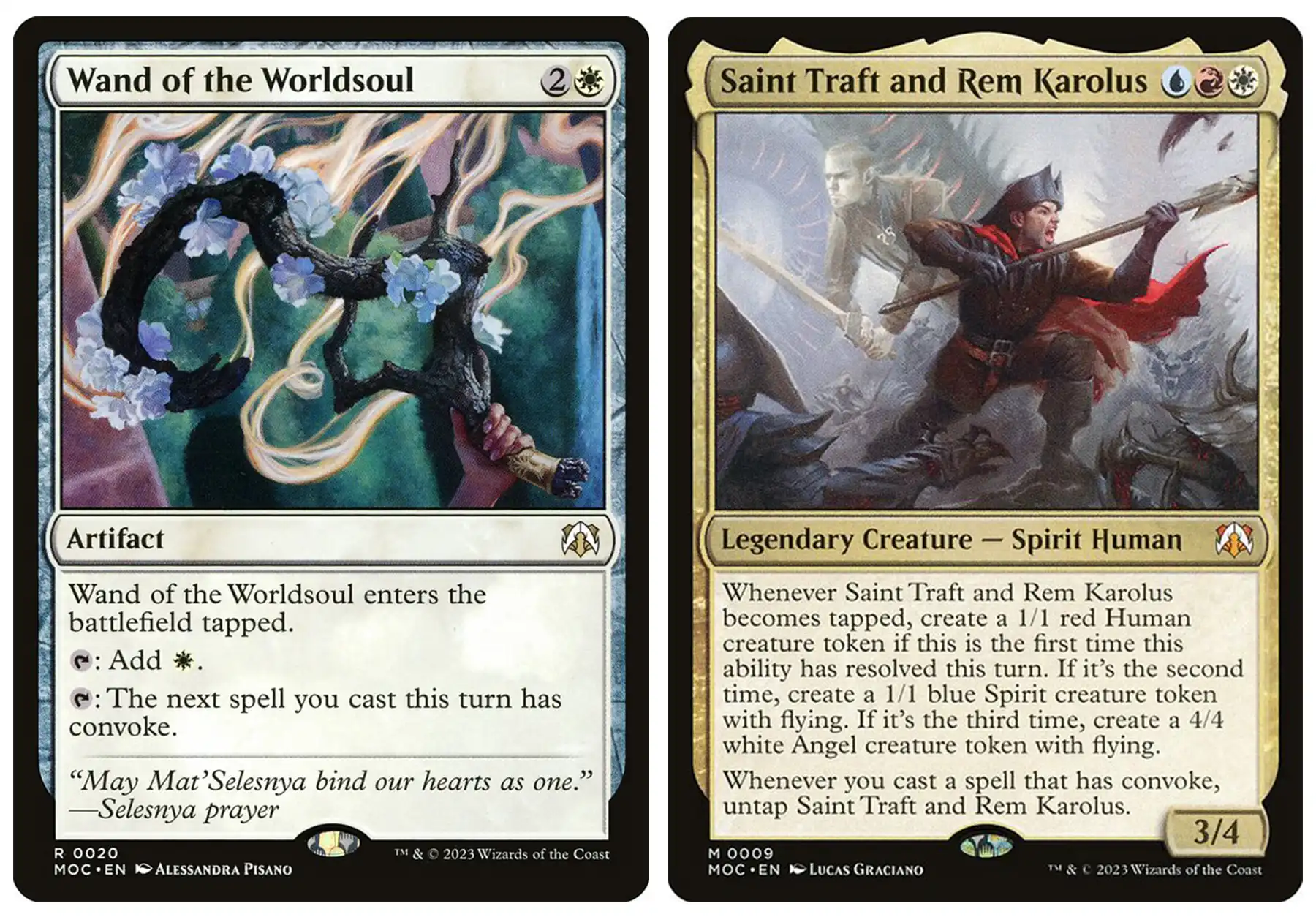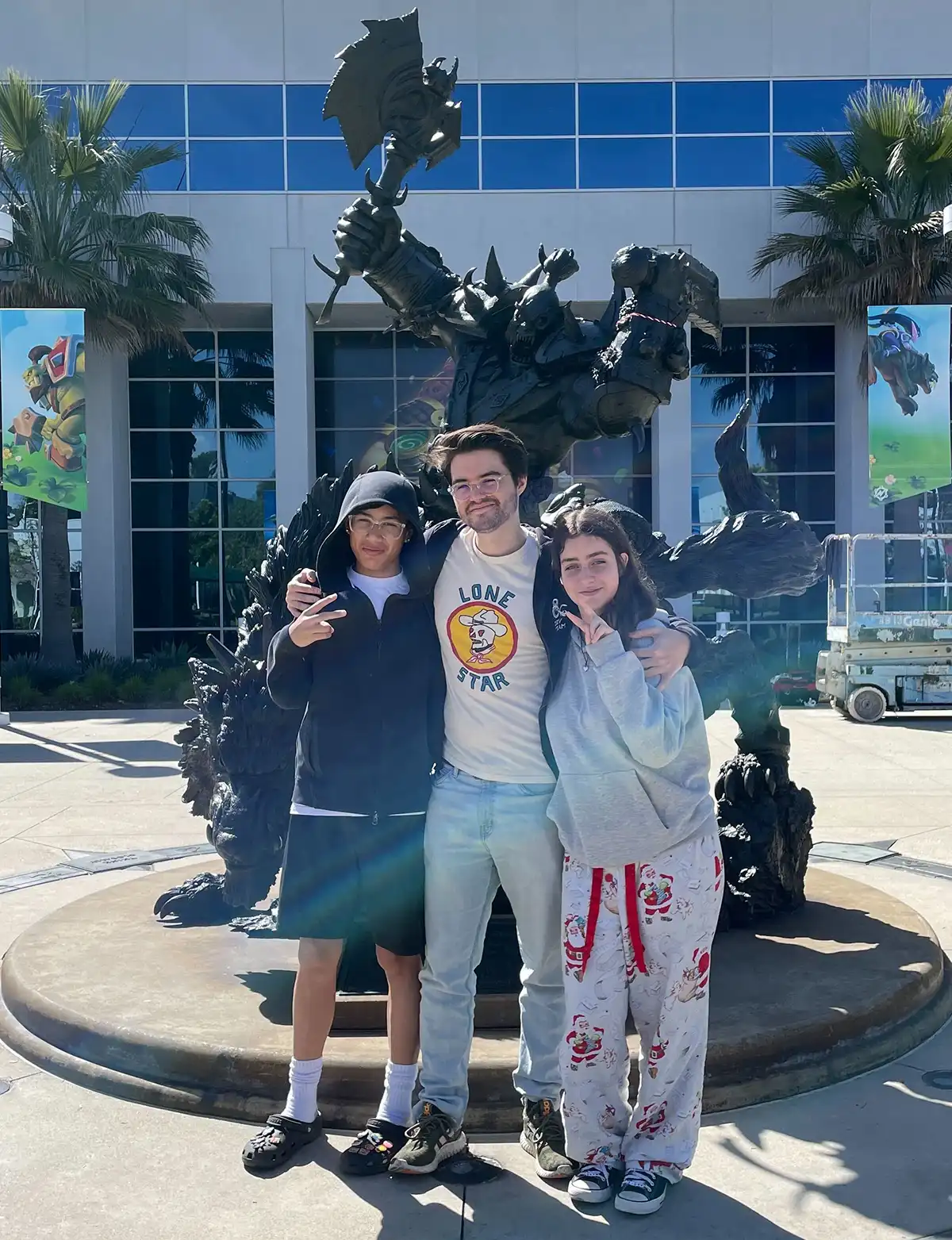In sports, a “hat trick” refers to when one player scores three consecutive goals in a match. At the end of 2023, PJ Rivas, a 2021 DigiPen BA in Game Design graduate, had already accomplished more in his short career than many game designers could dream of. But Rivas saw a professional opportunity to score what gaming fans might call a “wizard’s hat trick.”
“I already got to work on Magic: The Gathering. I already got to work on Dungeons & Dragons. So, the only thing left in the trifecta, in my opinion, was World of Warcraft,” Rivas says. Despite being happy and comfortable in his full-time game design position at Wizards of the Coast, Rivas submitted a longshot application on a whim for an opening at Blizzard Entertainment. To his surprise, he flew through the interview process, landed a combat designer role in January of 2024, and hit the ground running on the massively multiplayer online (MMO) game’s brand-new expansion, The War Within, which released this August to player acclaim. “It turned out to be the best choice of my life,” Rivas says. “I would always look back on my career and regret not having worked on World of Warcraft.”
From Lvl. 1 to Wizardom
A lifelong World of Warcraft player, Rivas first got interested in game design at 11 years old. Using the free GameMaker engine, Rivas created clones of arcade classics like Pac-Man and Galaga, inserting secret areas that could only be unlocked using arcane controller inputs. As a teenager, Rivas began collaborating with a friend to create web-based games, one of which, Sketch League, became a surprise hit in high school.

“It was basically online Pictionary, but it used video game words,” Rivas says. “You could choose word lists from World of Warcraft, League of Legends, or Dota, and you had to draw characters from those games and have people guess them.” Many League of Legends streamers began to adopt it as a fun spectacle for viewers in between matches, rocketing Sketch League to nearly 1 million play sessions before Rivas took it offline in 2020.
Inspired by the success, Rivas initially decided to go to a two-year community college program for animation, eventually landing a job doing art for a Kickstarter indie video game. “It was cool, but the game wasn’t very fun!” Rivas says. “As an artist, it was really frustrating trying to put into words what wasn’t fun about the game and not having the language to do so. I was clearly lacking some kind of fundamental knowledge, so I literally Googled ‘video game schools’ hoping to go all in on game design.” DigiPen popped up, and Rivas decided to enroll in the BA in Game Design.
“It was amazing,” Rivas says. “Coming to DigiPen was the best feeling ever. It was so clearly, exactly what I wanted and so much fun. A school for video games where I can just sit and learn about game design, and even my electives are fueling my game design education.”
By junior and senior year, I was developing the language to properly identify, Is this system fun? Is it not?
When Rivas enrolled, DigiPen had just introduced its concentration tree into the BA in Game Design program, allowing students to specialize in six different game design disciplines. “I took my first systems design class, and even though it was really difficult, I had a really fun time doing it,” Rivas says. “I’ve always deeply enjoyed card games like Hearthstone — really crunchy, systemic games are super fun to me. That class showed me I was really good at making systems, so I decided, ‘Hey! I’m a systems designer.’”
Rivas put his growing systems design skills to work, creating the combat system for his junior 3D game team project, along with a number of smaller personal projects with strong systems-based play like deck builders and tower defense games. “By junior and senior year, I was developing the language to properly identify, ‘Is this system fun? Is it not?’” Rivas says. “Even though fun is subjective in some ways, it was cool to learn the fundamentals and be able to use them to make something that’s objectively fun.”
Junior year, Rivas decided to go “all or nothing” on getting an internship at Wizards of the Coast. He spent a month developing, playtesting, and iterating on a custom, proof-of-concept Magic card set to show company reps at DigiPen’s annual Internship Fair. But Magic cards weren’t the only thing Rivas spent lots of time iterating on in his internship quest.
“I probably went to Career Services at least a dozen times to make my resume as good as possible. They were insanely valuable. I’m shocked they didn’t get sick of me,” Rivas laughs. “They were always so happy to help me and so useful in providing great, constructive feedback on my resume’s content and layout. I still use the same resume skeleton, and I actually took it to a professional resume workshop once and had the guy say, ‘I don’t know why you gave this to me. I have no feedback, it’s perfect!’”

Making Magic Happen
Rivas’ all-or-nothing gambit worked. Not only did his card designs impress principle Magic designer Glenn Jones at DigiPen’s Internship Fair; his carefully refined resume sealed the deal during the internship application process. The next two summers found Rivas crafting Magic cards from scratch for mass publication as he interned with a crew of Wizards of the Coast pros that included senior Magic designer and fellow DigiPen graduate Corey Bowen, who became his “go-to” mentor. “He was so awesome and so helpful. Corey and I still chat to this day,” Rivas says.
His first summer, Rivas focused on creating cards for Magic’s Commander deck format in the Innistrad and Strixhaven series, even designing a number of the main “face” commander cards. “That was super exciting for me,” Rivas says, “but my second summer was my internship magnum opus.” The designers were planning a new set named “March of the Machine,” themed around an interplanar war, and trying to figure out something special they could do for it beyond the typical Commander deck.
One idea on the shortlist was to revive and adapt an older Magic format named Planechase — which adds an extra deck of oversized “plane” cards with effects that simulate teleporting through different Magic worlds — to make it work in tandem with the Commander format. “The joke in the Commander community is that Planechase does work with Commander, but it was never really built for it,” Rivas says. At the brainstorm, Rivas stepped up and went to bat for the idea, convincing lead designer Ethan Fleischer that the team should go for it. “So I just popped off the last couple weeks of my internship,” Rivas laughs. “I made so many planes and designed so many cards for so many different decks. Ethan was like, ‘These are great!’ It was so satisfying. Something like 30 of my cards were approved for playtesting.”

Although working on Magic was “a systems designer’s dream,” Rivas realized his real dream was working on digital rather than physical games, something his internship manager took to heart. Impressed with his design skills, Rivas’ manager combed through every team at Wizards to find him a full-time position in the digital space once his internship ended. He eventually landed Rivas a spot on the Dungeons & Dragons team, where he spent two years building a brand-new virtual tabletop version of the classic D&D experience, Project Sigil, from the ground up.
“It was an incredible experience, especially as a systems designer,” Rivas says. “There were all these really involved systems challenges I don’t think most places would give to an associate designer, but they were really cool about letting me challenge myself and working with me to find solutions.”
Taking a highly complex paper game into a digital space proved difficult, but Rivas helped the team create something that, quite literally, made lots of that magic happen for them automatically. “We were able to create this complex system that could dynamically read in spell data from the raw text of D&D books and parse that into usable digital spells, just based on the words,” Rivas says. Rather than having to code in the damage type, range, and effects of a fireball spell, the system could read the D&D manual and do it for them in the Unreal Engine. “The first few times we got it to work, it was just like, ‘Oh man, this is so cool. It just knows how to cast fireball,” Rivas grins.
The project also found Rivas tapping his past art skills on a series of interesting user experience (UX) design challenges. “The combat flow of, say, attacking with a sword in D&D can be pretty laborious in tabletop. ‘I’m targeting this person. I’m rolling. I’m adding my extra dice and effects. I’ve hit. I roll again. They have reactions,’” Rivas says. “A lot of our work was about streamlining that and still making it feel cool digitally.” Rivas did just that through some clever UX design, making the damage dice explode when players are hit based on how they’re struck. Players skewered in the front have the dice shoot out through their back, while players hit with a fireball spell see the dice erupt in flames onto them.
Although Project Sigil has yet to release, Rivas got to witness his combat UX flow in action in a stream from GenCon 2024, where the voice actors for fan-favorite Baldur’s Gate 3 characters Astarion and Karlach showcased the new virtual tabletop platform during the second half of a live D&D session. “My original combat flow design was still in there! It made me really happy to see the mark I’d made on this game that I’m sure everyone’s going to love,” Rivas says.
A Whole New World
As Rivas worked on Dungeons & Dragons, he began to notice something interesting. World of Warcraft, his longtime favorite MMO, was making some major changes. “They’re doing tuning updates really frequently. They’re doing updates to classes in .5 patches. They’re introducing new game modes — just a lot of stuff that never really happened before in WoW,” Rivas says. “I’ve played WoW forever, but with the [2022] Dragonflight expansion, there was this very clear philosophy change where they were embracing how live the game really is. And it was incredible.”

At nearly 20 years old, World of Warcraft was indeed having a renaissance, taking design risks and creating a new surge in player engagement by rethinking, remixing, and experimenting with the game. “It’s a really special, exciting time for WoW. That’s what made me want to get this job,” Rivas says. Emboldened by the complex digital systems work he was doing on D&D, Rivas saw a combat designer position open at Blizzard and decided to shoot his shot. “I was unbelievably surprised when I got a call back,” Rivas says. In January 2024, Rivas packed his bags and moved south to Irvine, California, to join in on the WoW renaissance himself, setting to work on the game’s new expansion, The War Within.
It didn’t take long for him to make friends. “The WoW team does a showcase whenever there are new hires where you get to introduce yourself, so I mentioned I was from DigiPen,” Rivas says. “Immediately after the presentation, there were like 10 people in my DMs going, ‘I’m from DigiPen too!’”
Alongside a pre-established DigiPen community, Rivas was thrilled with all the other things he found waiting for him at Blizzard too. “The environment, the workplace, the tools, these designers I’m working with, they’re all amazing,” Rivas says. “The designers here are just built different. They’re some of the best in the world at what they do.”
Joining the combat design team, Rivas took over two of the game’s character classes — a job that encompasses designing their class talent and specialization trees, along with The War Within’s new “Hero Talent” trees that unlock at higher levels. “In the process of making abilities and spells in World of Warcraft, I was able to draw on my previous experiences since there are a lot of similarities,” Rivas says. “You start on paper, pitch it to everyone, prototype it, playtest it until it’s feeling good, then work with artists to get it looking good.”
Making sure any new spells or abilities stay balanced within the larger vision for the game is another key part of the puzzle, especially in a game as large and complex as WoW. “The encounters team designs the problems for the player, and the combat team is designing the solutions. Maintaining the balance so there’s not too many problems or too few solutions for the player is really important in making sure the game is fun to play,” Rivas says.
Even if they aren’t literally magic, Rivas says the development tools Blizzard has crafted for its designers can feel like having a tome of mighty spells at his disposal. “The power WoW designers have is unbelievable,” Rivas says. “A product of the game having been around for almost 20 years is that we benefit from these extremely powerful tools they’ve developed for two decades that allow us to very easily go in, change things, and create new stuff.”
Something DigiPen did that was super nice — I learned a lot of really valuable communication lessons through my game teams, working across disciplines.
That toolset, combined with a “can-do” culture in the studio that encourages designers to try whatever excites them, is a large part of why Rivas believes WoW is having such a tangible resurgence. “Some of the most beloved things in WoW, like the Brawler’s Guild boss-rush minigame for instance, came about because a team of designers just thought it would be cool, made it, and put it in,” Rivas says. “It’s really special, and it couldn’t exist without this tools pipeline that lets you make whatever you want super quickly.”
According to Rivas, the other crucial component of making fun happen in WoW is good communication, a skill he attributes to his DigiPen education. “Something DigiPen did that was super nice — I learned a lot of really valuable communication lessons through my game teams, working across disciplines,” Rivas says. “I’m able to clearly and astutely communicate what I want on the WoW team to the artists, engineers, and sound designers, and that produces really great results. [BA in Game Design program director Jeremy] Holcomb always said, ‘You would not believe how much of good game design is just good communication,’ and it’s true!”
